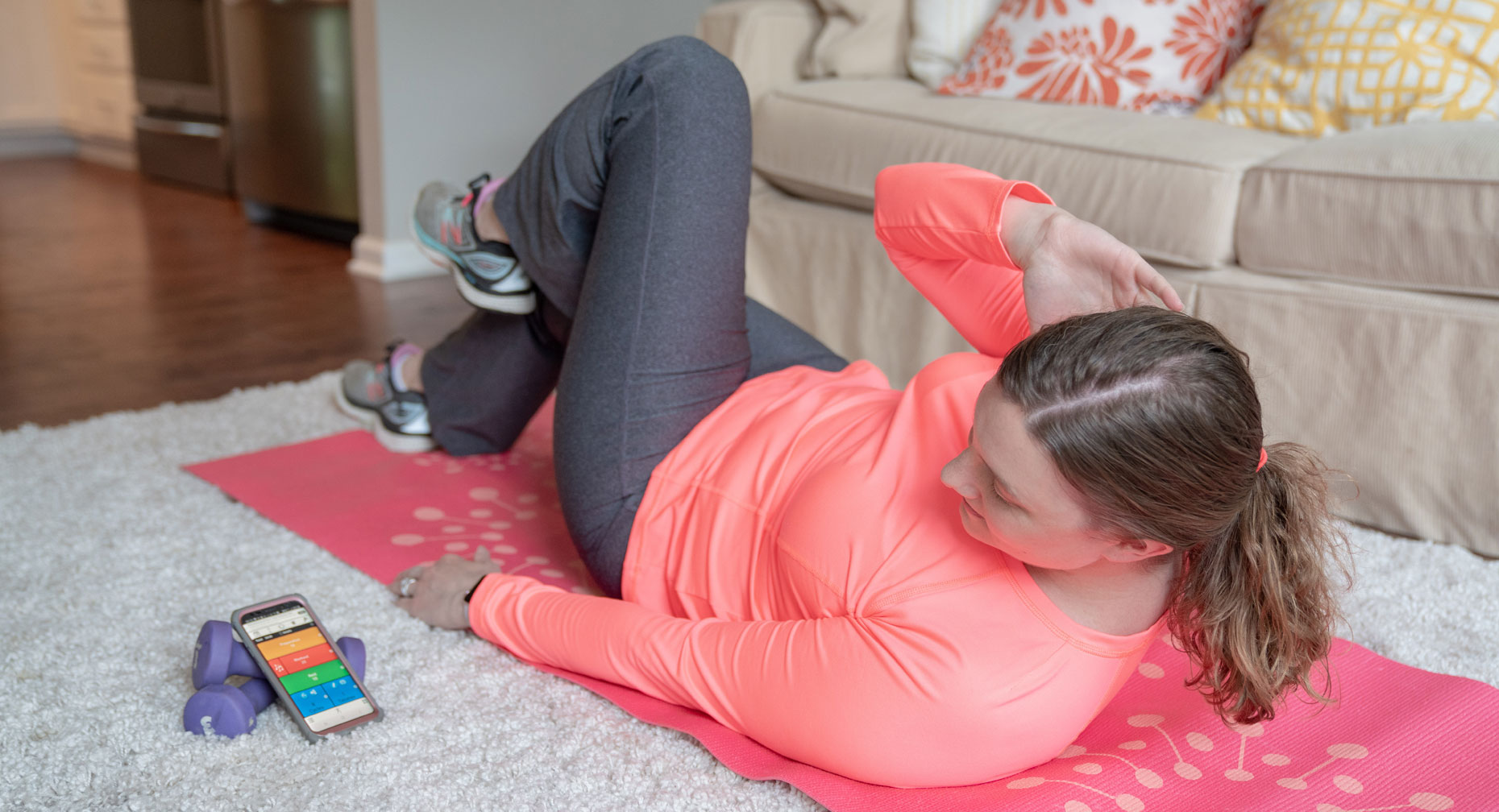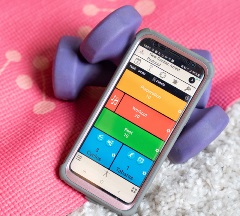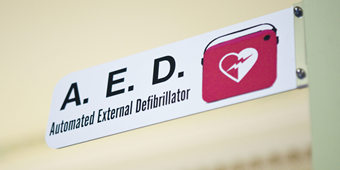Let’s HIIT It! Rev Up Your Workout With High-Intensity Interval Training

Find Your Perfect Match
Answer a few questions and we'll provide you with a list of primary care providers that best fit your needs.
At first it might sound too good to be true: You can improve the results you’re seeing from your exercise routine — including greater cardiovascular fitness, increased endurance, and more fat loss — by spending less time working out. But it really is true.
In recent years, the benefits of high-intensity interval training (HIIT) — an exercise method that incorporates short bursts of more intense exercise into your regular workout routine —have become clear. HIIT is a winning strategy that delivers better results in less time.
How Does HIIT Work?
 You can begin high-intensity interval training by simply making a small adjustment to the way you normally work out. For instance, if your exercise typically consists of a one-hour walk three times a week, you can turn that into an HIIT workout by introducing periodic intervals of jogging into your routine: Walk for four minutes, jog for one, and repeat the cycle. If you are a swimmer, you can alternate one fast lap with a more leisurely lap or a short rest. You will cover your usual distance in less time, and you will begin to accrue new health benefits. The principle applies no matter how you get your cardiovascular exercise, whether you’re walking, swimming, running, cycling, or using the stair machine at the gym. It’s the alternating cycle of intense/less intense exertion that does the trick.
You can begin high-intensity interval training by simply making a small adjustment to the way you normally work out. For instance, if your exercise typically consists of a one-hour walk three times a week, you can turn that into an HIIT workout by introducing periodic intervals of jogging into your routine: Walk for four minutes, jog for one, and repeat the cycle. If you are a swimmer, you can alternate one fast lap with a more leisurely lap or a short rest. You will cover your usual distance in less time, and you will begin to accrue new health benefits. The principle applies no matter how you get your cardiovascular exercise, whether you’re walking, swimming, running, cycling, or using the stair machine at the gym. It’s the alternating cycle of intense/less intense exertion that does the trick.
There’s no specific recommendation about the ideal length of time for either the high-intensity or the regular-intensity portions of your workout. Experiment with a timing arrangement that feels comfortable to you, starting slowly, and build from there. If you work with a trainer or a sports medicine specialist, they can provide additional feedback and guidance.
During the high-intensity periods of the cycle, your heart rate should be somewhere above 80 percent of your maximum heart rate. If you don’t know your recommended maximum heart rate or what your exercising target heart rate should be, ask your health care provider or read Premier Physician Network’s “Reach Your Target Heart Rate to Get the Most from Exercise”. Other physical clues can help you gauge the intensity of your workout; for instance, working at the high-intensity level should leave you breathing deeply and rapidly, sweating, and needing to pause for breath when speaking.
Don’t push yourself too hard too quickly. It’s healthier, and more sustainable, to build your effort and intensity gradually. If you have concerns about excess pain or shortness of breath, talk with your physician or other health care provider.
What Benefits Does HIIT Deliver?
-
HIIT workouts can help you reduce your body fat, regulate your insulin levels, and build muscle.
-
The more intense exercise provided by the HIIT will burn more calories, even if you’re working at the intense level for only a few minutes. And the calorie-burning effects can continue even after the workout’s finished.
-
Your cardiovascular capacity — and your ability to exercise aerobically and use oxygen efficiently — will improve, which means you’ll be able to exercise for longer periods. It’s a positive feedback loop that will help you increase your capacity and endurance.
-
Studies have shown that men in their 60s were able to increase their testosterone levels by adding HIIT sprints into their cycling routines.
-
HIIT workouts are efficient, allowing you to spend less time exercising while delivering better results.
Of special interest to older exercisers: Over time, as we age, our cells naturally deteriorate, but a study done at the Mayo Clinic involving exercisers aged 65 to 80 found that those who followed HIIT exercise principles in their walking or biking programs manufactured more mitochondria (an energy-producing component in our cells) and, in essence, slowed down aging at the cellular level!
Getting started with HIIT couldn’t be easier. Begin where you are by altering your current workout routine to incorporate short bursts of higher-intensity exercise.
Why Not Get Started Today?
Getting started with HIIT couldn’t be easier. Begin where you are by altering your current workout routine to incorporate short bursts of higher-intensity exercise. There’s no special equipment required, you’ll introduce some interesting variety to your workout, and your exercise will have a greater impact than ever on your fitness.
Even if you’re not currently an exerciser, you can start where you are and begin to see benefits from very brief periods of exercise, even from as little as one minute of high-intensity exercise three times a week. As you progress, both your regular and high-intensity workouts will continue to deliver more beneficial results.
It’s important to note that the American Council on Fitness recommends that you not follow an HIIT regimen every day, or even every time you exercise. They suggest performing HIIT exercise only two to three times a week and allowing a 48-hour break between HIIT sessions; this will let your energy levels return to normal and give any fatigued muscles time to recover. And of course, if you have any limiting conditions or other health concerns, talk to your doctor before embarking on an HIIT program, particularly if you’ve been inactive for some time.
Find Your Perfect Match
Answer a few questions and we'll provide you with a list of primary care providers that best fit your needs.
Source: Harvard Medical School; Mayo Clinic; AARP; MedlinePlus (U.S. National Library of Medicine); U.S. Department of Health and Human Services




